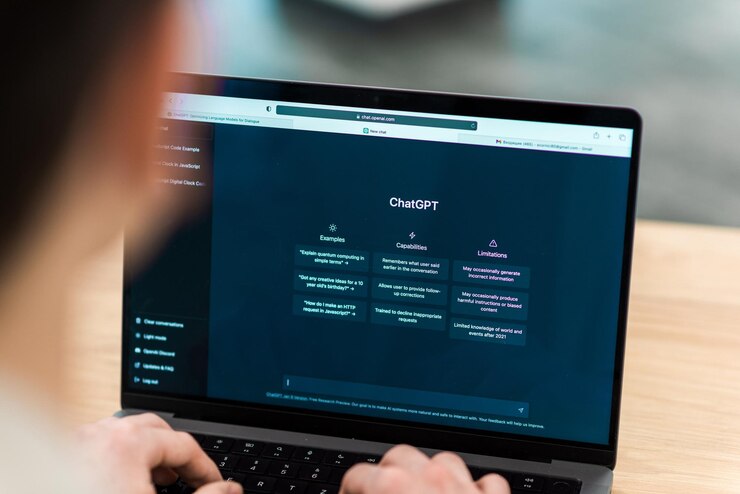Navigating the Tides of Electricity Plans: An In-Depth Look at Free Nights and Weekends
Table of Contents:
- Understanding Free Nights and Weekend Electricity Plans
- The Benefits of Off-Peak Energy Usage
- Analyzing the Drawbacks
- How Do Free Nights and Weekends Compare to Other Plans?
- Assessing Your Energy Consumption Patterns
- Making an Informed Decision: What to Consider Before Switching
- State Regulations and Their Impact on Electricity Plans
- Closing Thoughts: Is a Free Nights and Weekends Plan Right for You?
Key Takeaways:
- Insight into what ‘free nights and weekends’ electricity plans are and how they work.
- Examine the potential cost savings and environmental benefits of off-peak energy usage and the common pitfalls to avoid.
- Advice on how to analyze your energy consumption to determine if such a plan makes sense for you.
- A look ahead at the innovations that might change the future of electricity consumption and billing.
Understanding Free Nights and Weekend Electricity Plans
There’s a palpable shift in the energy landscape as consumers become savvier about their electricity consumption, seeking plans that align with their usage habits and budget. Enter the ‘free nights and weekends’ electricity plans, designed to appeal to consumers by offering periods where electricity usage is cost-free, mostly during nights and weekends. This accommodates the varying lifestyles and schedules and promotes a more balanced energy consumption pattern. It encourages people to redirect their high-usage activities to times when it’s most financially advantageous for them—a win-win for the savvy consumer aiming to reduce their monthly bills.
The Benefits of Off-Peak Energy Usage
These bespoke energy solutions are structured to incentivize shifting energy consumption to off-peak hours, typically during the night after the day’s bustle has settled and over the weekends when the commercial demand for electricity plummets. Such off-peak plans are advantageous regarding potential cost savings for the consumer and the power grid. With a more even distribution of electricity usage, there’s less pressure on the grid during peak hours, which often translates to a reduced risk of blackouts or power shortages. This systemic relief also promotes more efficient use of energy resources across the board and could lead to a healthier balance between supply and demand.
An added, and perhaps even paramount, benefit of such responsible energy consumption is the environmental boon. Aligning energy usage with off-peak hours can reduce carbon emissions by leaning on renewable energy sources—such as wind or solar power—that might be more plentiful during these times. Furthermore, by utilizing energy more when there’s less demand, there’s less need for utility companies to power up additional, often less efficient and more pollutant-producing, power plants to meet peak demands.
Analyzing the Drawbacks
It’s not all smooth sailing, though. These plans can be double-edged swords for the inattentive. Rate structures for free nights and weekends plans can vary widely, and daytime energy rates can skyrocket to compensate for the free energy periods. Moreover, these plans might necessitate a lifestyle adjustment, as the true benefit can only be reaped if the bulk of energy consumption is tactically shifted to the designated free periods. There needs to be more than a cursory look at the plan’s terms and conditions; one must delve into the details with a fine-tooth comb to uncover hidden fees, rate increases after a certain consumption level, or other potential drawbacks that could negate any presumed savings.
How Do Free Nights and Weekends Compare to Other Plans?
While free nights and weekends may seem appealing, they often come with higher daytime rates, increasing electricity expenses. Such plans may not suit individuals with daytime energy needs, leading to unexpectedly high bills during peak hours. Moreover, reliance on free periods could disrupt energy usage habits, making it challenging to maintain consistent consumption patterns. For those with unpredictable schedules or remote work requirements, the limitations of free nights and weekends may outweigh their benefits. Ultimately, opting for plans that offer consistent daily rates may be a more financially advantageous choice for many households.
Assessing Your Energy Consumption Patterns
Embarking on the journey to select an electricity plan that best suits your usage pattern commences with self-reflection on energy consumption habits. Employing tracking tools such as smart thermostats or energy monitors can give you a nuanced view of your daily and seasonal energy use patterns. These devices serve as a personal audit system and can provide the insights needed to determine whether a ‘free nights and weekends’ plan will be beneficial. These plans can be a boon for proactive ones in scheduling high-energy consuming activities, such as running the dishwasher or doing the laundry, into the free energy periods. This aggressive adjustment ensures more of your energy consumption falls into the cost-free window, thus maximizing the benefits of these plans.
Utilizing these plans to your advantage entails strategic planning. Charging electric vehicles can be scheduled during off-peak hours to leverage the free electricity provided. Smart home technologies also play a pivotal role by allowing the automation of such tasks and even pre-cooling or pre-heating your home during lower-rate hours—thus ensuring comfort while being cost-effective. The takeaway is clear: careful scheduling and a willingness to adapt can lay the groundwork for substantial savings.
Making an Informed Decision: What to Consider Before Switching
The leap towards a new energy plan should be taken seriously and impulsively. Prospective switchers should factor in not just their energy usage patterns but an entire spectrum of considerations, such as the energy efficiency of their home or the flexibility of their daily schedules. Keeping abreast of customer experiences and case studies can provide a clearer picture of what to expect and help make an informed and balanced decision. Candid conversations with energy providers about pricing structures, penalties, and the specifics of the energy plan’s billing cycle are indispensable in weighing the true cost-effectiveness of these plans.
State Regulations and Their Impact on Electricity Plans
Electricity plans don’t exist in a vacuum—state policies heavily influence these offerings’ nature and structure. These regulations can either constrain or catalyze the propagation of innovative energy plans. It’s beneficial for consumers to familiarize themselves with their state’s stance and regulations concerning energy. For instance, some states have aggressive renewable energy targets, which can encourage utility companies to offer plans aligned with these goals. Knowledge of these policies is enlightening and can also give the consumer the information necessary to make an adept choice.
Closing Thoughts: Is a Free Nights and Weekends Plan Right for You?
Whether a ‘free nights and weekends’ plan will add value depends on a confluence of individual circumstances: your energy consumption habits, your home’s energy efficiency, and the plan’s structure. Being organized and strategic in your choice can reap dividends, rewarding you with savings and a sustainable lifestyle. The decision to shift to such a plan should result from meticulous investigation and self-knowledge, ensuring the anticipated benefits align with your energy profile and real-life experiences. While not universally suitable, this bespoke approach to utility billing is a compelling option for the consumer whose lifestyle and energy utilization are congruent with the free periods these plans provide.







